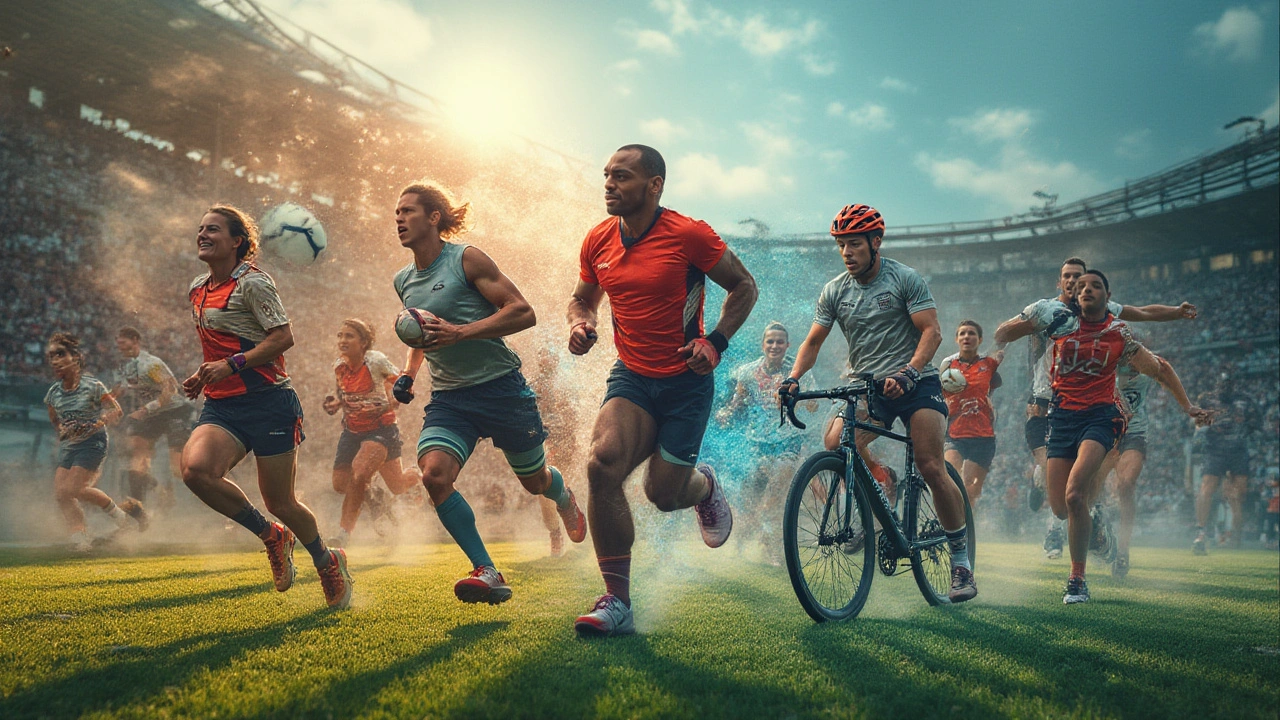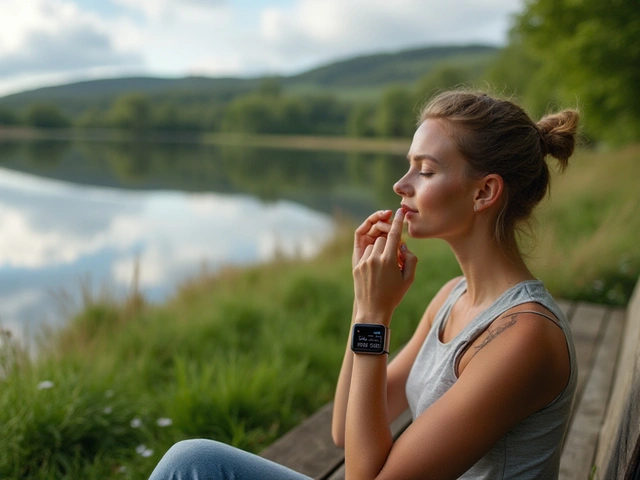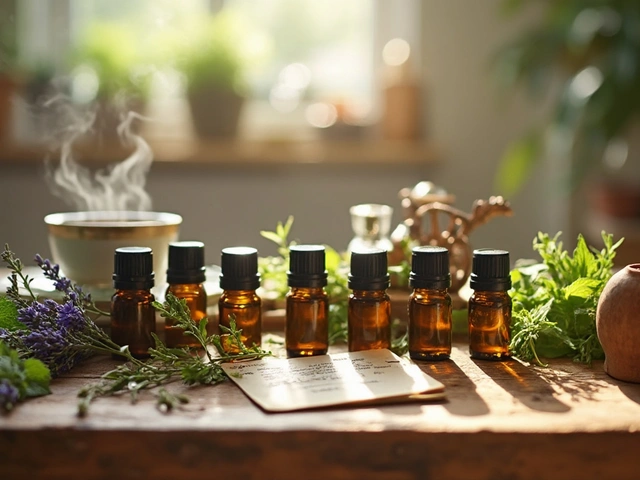When you talk to top athletes in Sydney, you might expect them to rave about protein shakes or high-tech gadgets, but some will bring up something a bit different: sports massage. Here’s the thing—sports massage isn’t some new-age fad. It actually sits at the intersection of science, muscle recovery, and performance, and more pro teams and amateur sports clubs have made it part of their weekly routine. What’s wild? A properly-timed session on the massage table can be just as important as your training schedule or nutrition plan.
What is Sports Massage and How Is It Different?
If you hear “massage” and picture spa music and candles, think again. Sports massage is structured, specific, and targeted for active bodies. It’s not about relaxation (though you might end up feeling pretty loose by the end). This type of massage works deep into muscle tissue, working out adhesions (“knots”), boosting blood flow, and improving range of motion.
Here’s what sets sports massage apart: It focuses on muscle groups tied to particular sports or activities. For runners, therapists often work the legs, glutes, and lower back. For swimmers, it’s shoulders, arms, and torso. It may also borrow from a few techniques—Swedish massage for broad muscle work, trigger point therapy to target specific tight spots, and myofascial release to deal with stubborn muscle fibers.
The timing matters. There are pre-event massages (lasting just 10-15 minutes to energise and prep the muscles), post-event (longer, more restorative sessions to flush out toxins and support repair), and maintenance massages that keep athletes in prime shape between competitions. Ask any good Sydney therapist, and they’ll tell you: there’s an art to knowing what a body needs and when.
The Science Behind Sports Massage
This isn’t old wives’ tales. Plenty of credible research has explored how massage can improve athletic outcomes. Let’s get specific. A 2022 meta-analysis from Melbourne’s La Trobe University dug into over 30 clinical trials and found that sports massage reliably improves flexibility, especially when done after intense activity. That means a basketballer might leave the table able to reach further and move more freely than before.
Massage also plays a role in reducing muscle soreness, according to a well-designed study published in the British Journal of Sports Medicine. Athletes given a targeted sports massage an hour after heavy resistance exercise reported up to 40% less lingering pain than those without massage—a big deal when you need to back up for another match or training block the next day.
What about circulation? After big workouts, muscles fill with metabolic “waste” (think lactic acid). Sports massage increases blood flow, helping your cells remove waste products and deliver fresh nutrients. It’s like an internal clean-up crew. Therapists working in pro AFL (Australian Football League) clubs have noted that injured athletes who get regular sports massage often return to play 20-30% faster—a difference that can make or break a season.
Let’s not skip the mental game, either. Tactile input from massage has been shown to lower levels of cortisol (the stress hormone) and boost dopamine and serotonin. This adds up to better focus, reduced anxiety, and more drive in both training and competition. Sometimes simply feeling “rejuvenated” is enough to get back in the flow and perform better.
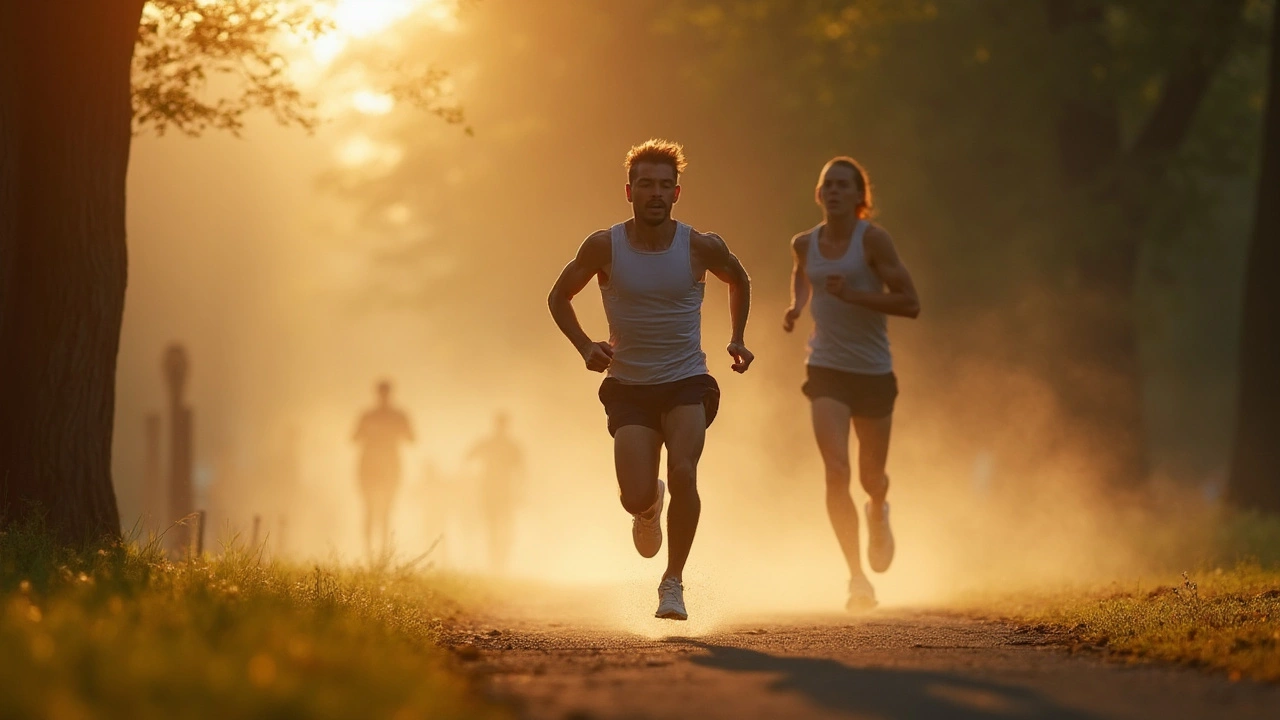
Benefits of Sports Massage for Athletes at All Levels
Some folks wonder if sports massage is just for Olympic hopefuls or world-class teams. Absolutely not. Weekend soccer players, gym enthusiasts, yoga practitioners, and even casual runners around Bondi see real gains from a regular session. Here’s how it works at every level:
- Injury prevention: Addressing tightness and muscle imbalances before they cause problems helps sidestep chronic issues like shin splints or tendonitis.
- Quicker recovery: Shortening downtime between hard sessions means you can train harder, more often, with less risk of burnout.
- Performance edge: Small increases in muscle length and elasticity can mean bigger, more explosive movements, faster sprints, longer cycling sessions, or more powerful serves.
- Pain reduction: Regular massage helps with chronic aches (think low back, shoulders, or knees) even for desk-bound folks.
- Flexibility: Massaged muscles are less prone to tears or strains.
Here’s a quick look at common sports and their typical trouble spots:
| Sport | Common Focus Areas |
|---|---|
| Running | Calves, hamstrings, IT band, glutes |
| Swimming | Shoulders, back, arms, neck |
| AFL/Football | Quads, hamstrings, groin, hip flexors |
| Cycling | Lower back, thighs, calves |
| Tennis | Shoulders, forearms, upper back |
Tip: Don’t wait until you’re injured to book a session. Consistency—once every week or two, depending on your training load—is what pays off over the long term.
Finding a Qualified Sports Massage Therapist
Picking anyone with “massage” in their title isn’t enough. You want a therapist trained specifically in sports massage, and ideally, one who’s worked with athletes before. Sydney is packed with options, from solo practitioners in the suburbs to high-end clinics working with NRL (National Rugby League) and Olympic hopefuls.
Here’s a checklist to make sure you land a great therapist:
- Look for accreditation. In Australia, therapists should have a Diploma of Remedial Massage (HLT52015 or newer) and be registered with associations such as Massage & Myotherapy Australia or the Australian Massage Therapists Association.
- Ask about their sports experience. Do they know the demands of your particular activity?
- Check reviews—athletes talk, and word travels fast about who can really make a difference.
- Be clear about your needs—tell them about injuries, your training program, and what you’re aiming for so they can tailor the session.
- Notice post-massage effects. You should feel looser and move better (though a tiny bit sore the day after a deep session is completely normal).
One cool Sydney secret? Some therapists offer “mobility coaching” after sessions, teaching you at-home stretches and foam rolling moves so you keep the benefits going between visits.
Remember: If someone ever causes sharp pain or pins and needles, speak up. Good therapists adjust pressure and explain what they’re doing every step of the way.
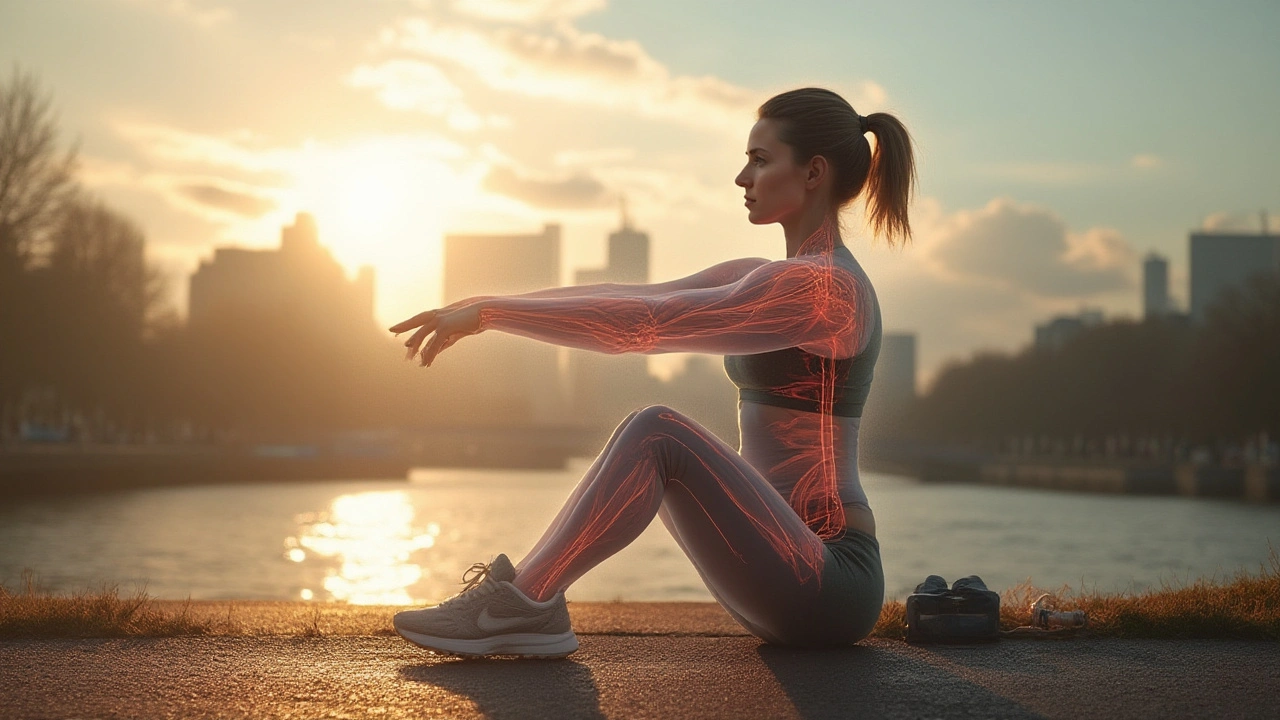
Tips for Getting the Most from Your Sports Massage
A massage isn’t just “get on the table and hope for the best.” A little preparation and follow-up can supercharge the results. Here’s how:
- Hydrate—muscle tissue responds better when you’re not dehydrated, so drink extra water before and after your session.
- Warm up with some light movement, especially if you’re getting a massage before training or a big event. This boosts blood flow and helps the therapist pinpoint any tightness.
- Communicate—give honest feedback about pain levels and problem spots. The more your therapist knows, the more targeted your session will be.
- After your massage, go for a gentle walk or stretch out. It helps your body process the released toxins and keeps things from stiffening up.
- Pay attention to how you feel in the days following. Are you sleeping better? Moving more freely? Less sore? Let that guide how often you schedule future sessions.
- Combine massage with self-care at home—simple foam rolling and dynamic stretching make a huge difference.
- If you’re prepping for a race or game, book your massage 48-72 hours beforehand. For recovery, the sweet spot is 1-2 hours after your effort or the next day if you’re after a deep flush-out.
Small lifestyle tweaks—regular sleep, balanced meals, and recovery protocols such as contrast showers—work especially well when paired with sports massage. Don’t treat it as a magic fix but as a valuable piece of your bigger performance puzzle.
Sports massage isn’t just for the professional crowd. It’s for the weekend warriors pounding the footpaths around the Opera House, Pilates diehards sweating it out in Newtown, and anyone wanting to do more with less pain or longer hangovers (the muscle kind, not the boozy kind). Consistency matters, and finding the right expert is absolute gold. Don’t be surprised if your next big breakthrough comes not from the gym or the field—but from a skilled pair of hands and a smart, science-backed approach to recovery.Sports massage is here to stay, and your body will thank you for it.

